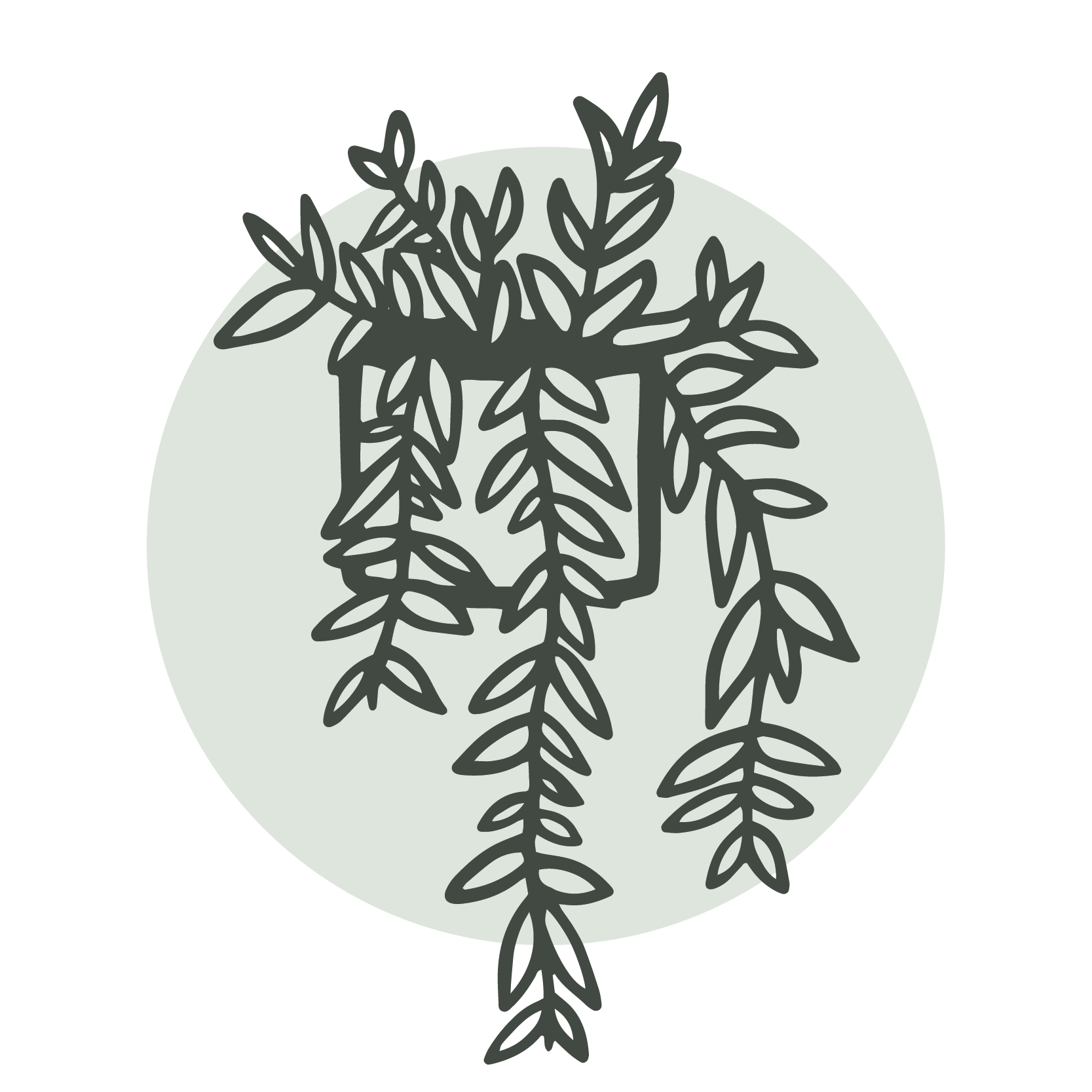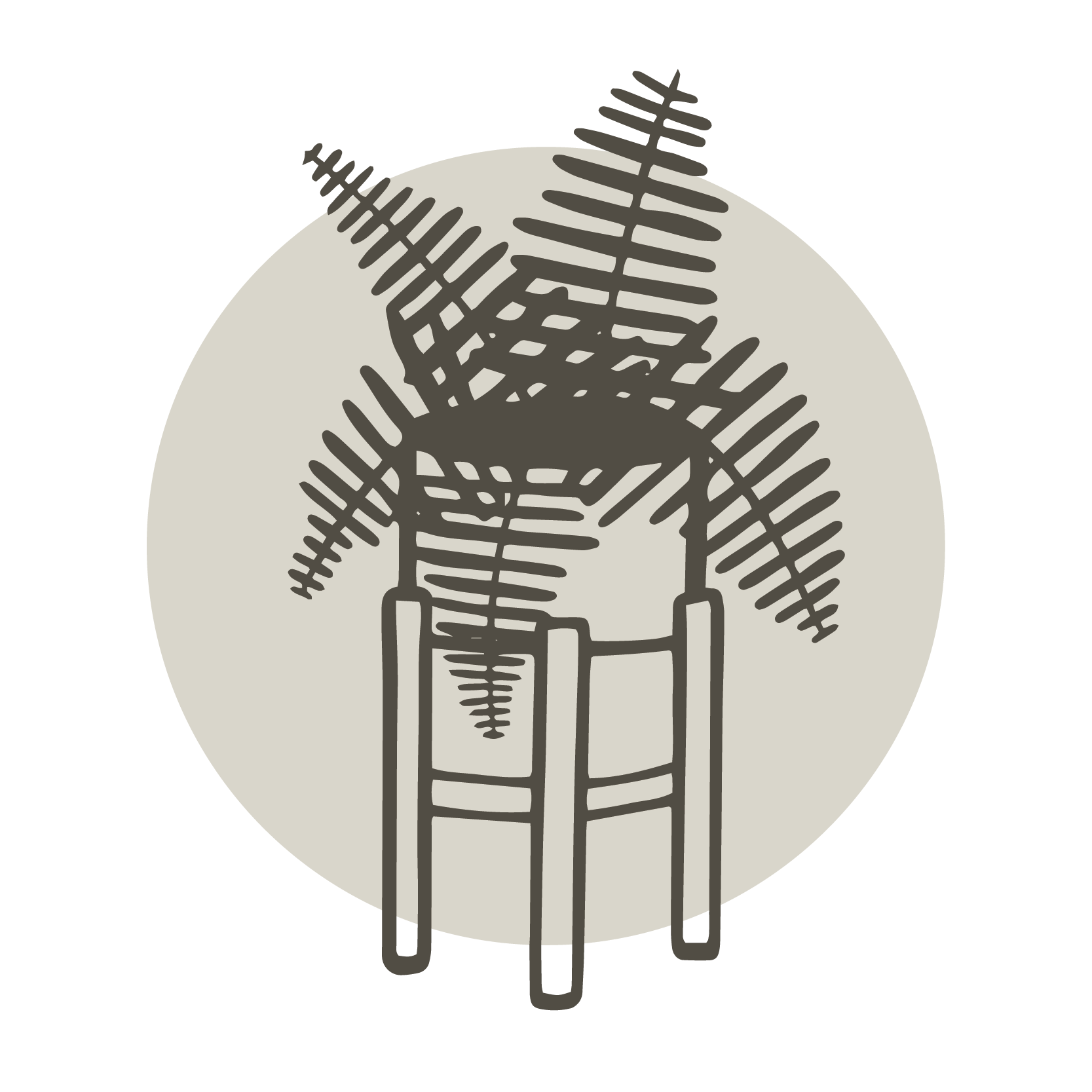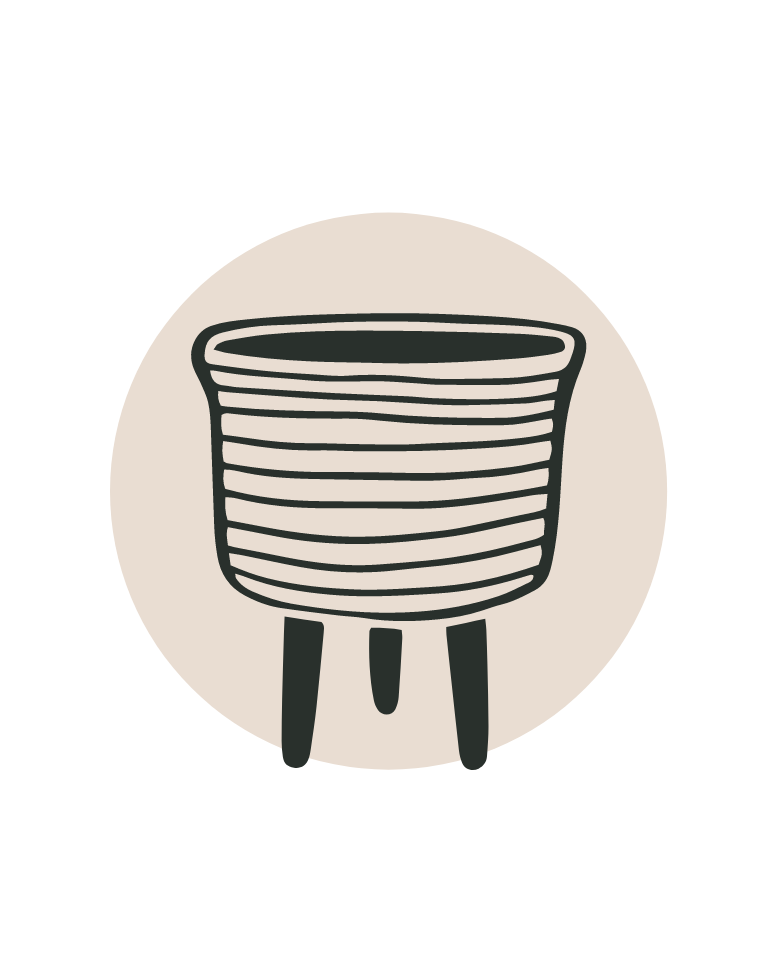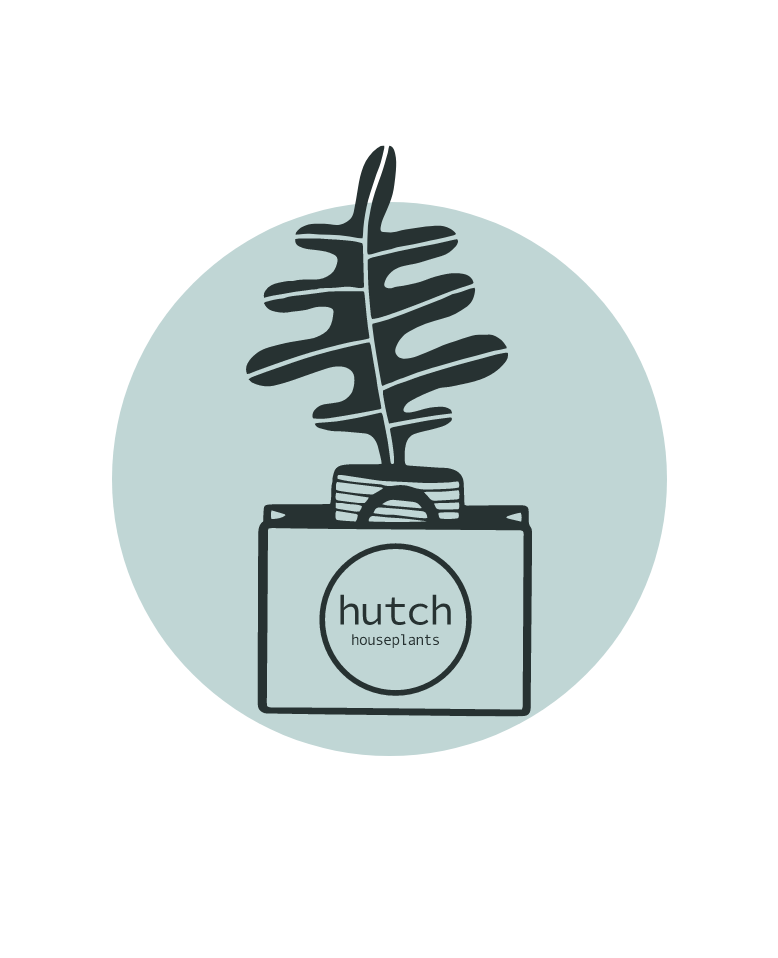Your cart is empty
Keep Shopping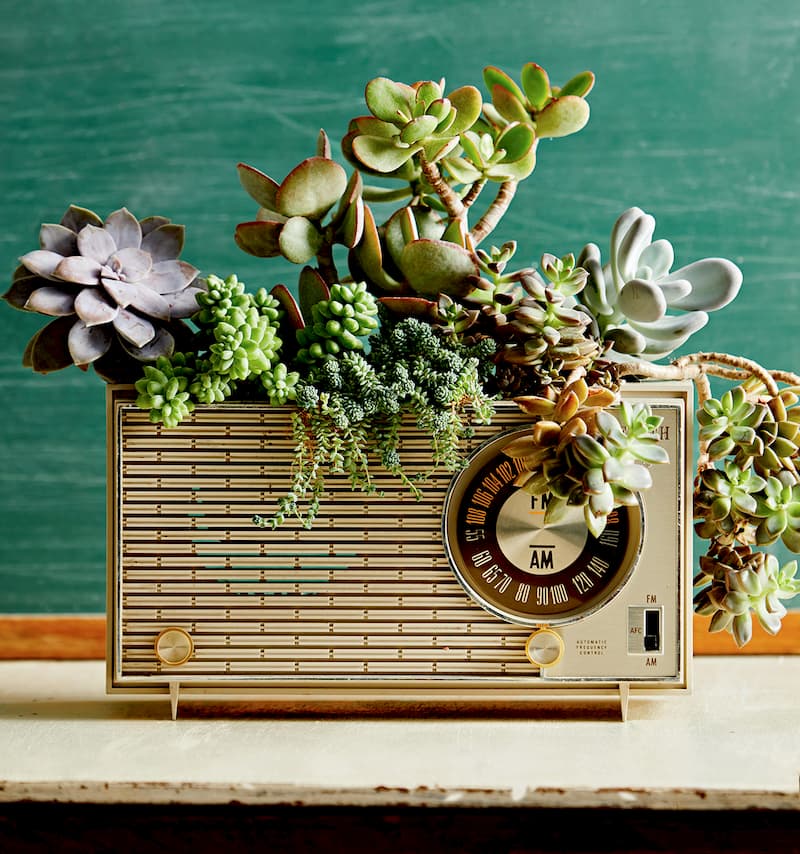
Each Sunday, we get to chat about houseplants with RHS award winning gardener and broadcaster, Toby Buckland over on BBC Radio Devon, as part of our new mini feature “Insider Knowledge”.
Each week we’ll be adding the highlights from these chats, along with any info about the plants right here on our journal.
You can also listen to the show over on BBC Sounds here

This week saw us providing a brief overview of the weird and wonderful world of Peperomias. More commonly known as ‘Radiator Plants’, most likely because of their preference for warm environments, the first thing to say about these guys is that, despite the name, you should not place them on a radiator! Like a lot of houseplants, they will not thank you for it and will not enjoy the direct blasts of heat.
Native to tropical South and Central America, and with thousands of species and cultivars in the genus, Peperomias are great for novices and houseplant hoarders alike. They tick pretty much every box for us; they’re non-toxic, and therefore pet friendly. They’re great air purifiers - the NASA clean air study found that they were effective at stripping formaldehyde out of the air - a known carcinogen. They’re relatively easy care and will forgive you if you forget to water them. Being rainforest floor dwellers, they’re also tolerant of slightly shady spots; perfect if your windowsills are already packed full of plants. They’re also compact and are great if you have a smaller space.
The word Peperomia is derived from Greek meaning ‘pepper like’ and refers to the flower spikes that members of this genus throw out. Pictured below is a Peperomia caperata ‘Rosso’ in full bloom.

There are two main forms of Peperomia; clump forming species like the Rosso above, and trailing or vining varieties. One of our favourite trailing Peperomias has to be the Peperomia prostrata, more commonly known as the ‘String of Turtles’, a reference to the small densely packed leaves that look like miniature turtle shells. These delicate vines are far easier to care for than the more commonly sought after String of Pearls (Senecio rowleyanus).

Another firm Hutch favourite has to be the Peperomia argyreia or ‘Watermelon Peperomia’. It’s easy to see where this compact little Peperomia gets it’s name. One of the slightly more demanding members of the genus, the Watermelon Peperomia will start to crisp and wilt if you leave it too long without water.

Some top tips for Peperomia care:
Avoid overwatering. These forest floor dwellers are often found growing on rotting wood and don’t like to sit in water for too long. Wait until the top few centimetres of compost are dry before watering. Mist regularly, particularly in the winter when central heating will dry the air out.
Pop them in a bright spot. They don’t require any direct sunshine, just avoid dark corners where possible.
Pruning back both the clump forming and vining varieties will help encourage fuller plants.
When repotting, aim to add only an inch or two to the width and depth of the pot and go for a relatively free draining and breathable compost mix, like a coir compost or mix some perlite in.

